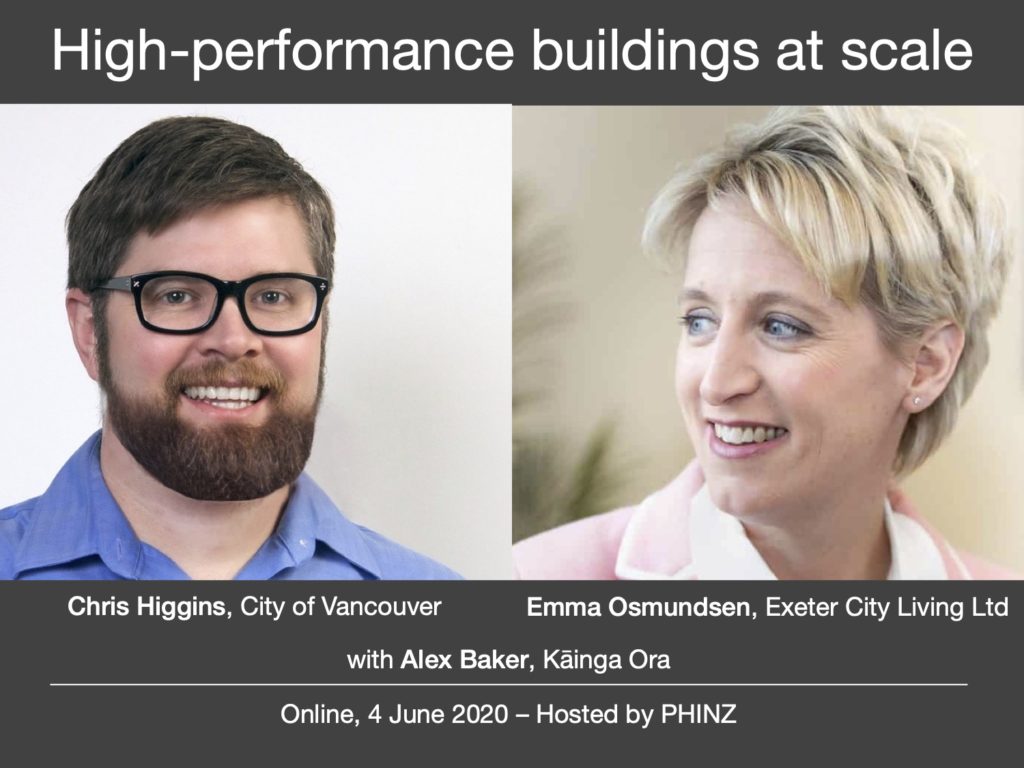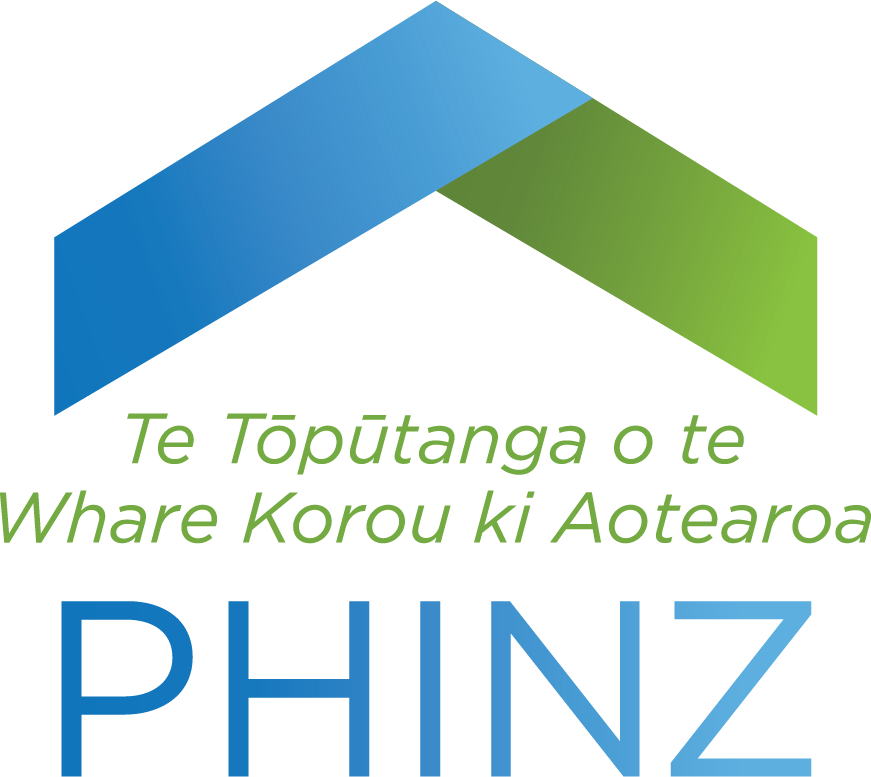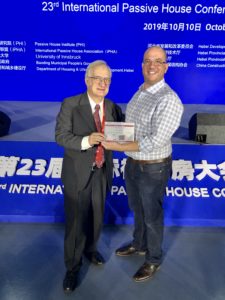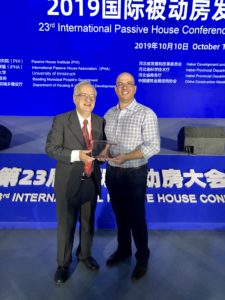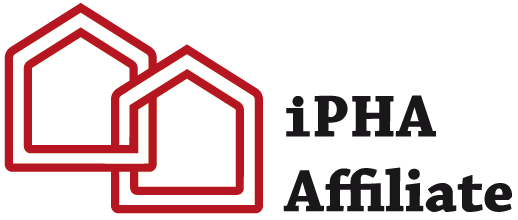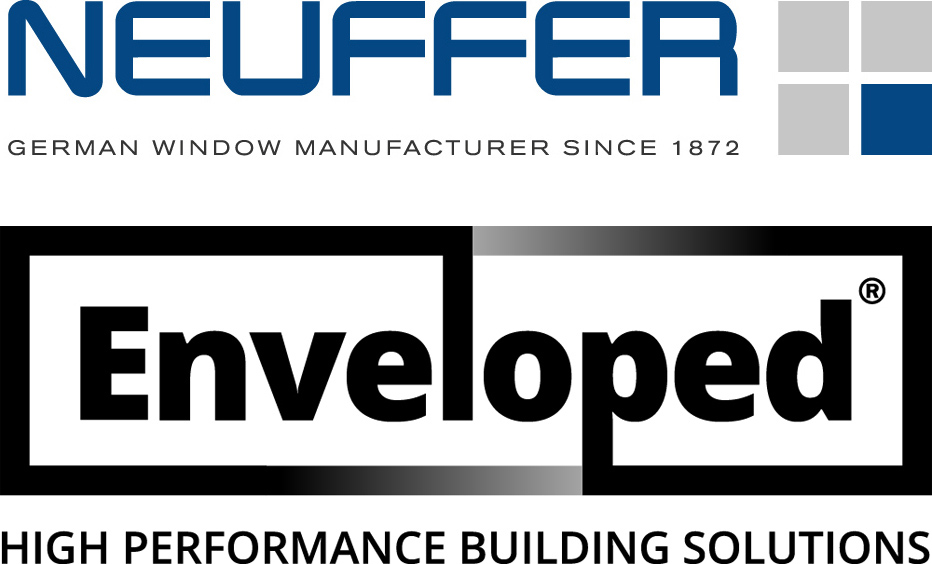Amy Tankard, CEO of PHINZ was interviewed on RNZ Nine To Noon on the 9th of July, alongside Alex Baker from Kāinga Ora and Emma Osmundsen from Exeter City Living. There is a good write up of the interview on the RNZ site here including the audio. You can also listen below.
With calls for a green edge to the post-covid recovery – and billions committed to building new state houses in New Zealand – should the Government be considering passive housing?
Passive homes require little-to-no heating because of their design. These are airtight, but ventilated and very well-insulated.
Advocates in New Zealand say there should be a legal requirement for all builds to be passive – and for social housing in particular.
